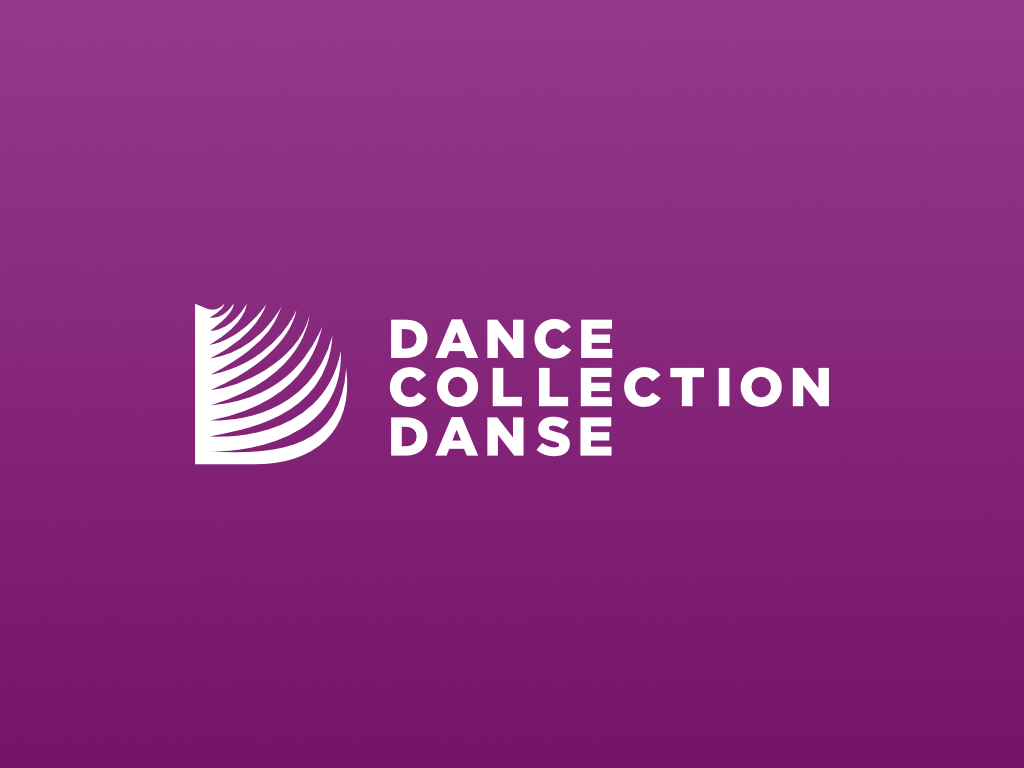Dance in Canada Magazine Number 11, Winter 1977
Added 29th Apr 2021 by Beth Kelly (Collections Manager and Archivist, DCD) / Last update 22nd Feb 2022
The description of this Item
Contains the following articles:
- Editorial by Susan Cohen
- Letters from the Field
- Choréchanges 76/77 by Suzanne Asselin
- Cross-Cultural Exchanges in Regina by Lora Burke
- Dancers Unite: The Toronto Dance Festival by Graham Jackson
- Two Chalmers Winners
- 1975: Lawrence Gradus by Diana Theodores Taplin
- 1976: Judith Marcuse by Elizabeth Zimmer
- Picard en Europe by René Picard
- Le Musicien Balanchine et le Choréographe Stravinsky
- Un Soir à Tel Aviv
- Profile: Oscar Araiz by Casimir Carter
The collections that this item appears in.
Tag descriptions added by humans
Choreography
Ballet
Judy Jarvis
David Earle
Peter Randazzo
René Picard
Susan Cohen
Dancemakers
Toronto Dance Theatre
Modern Dance
Funding
Michael Crabb
National Ballet of Canada
John Fraser
Maria Formolo
Susan Jane Arnold
Ballet Ys
Contemporary Dance
Elizabeth Zimmer
Judith Marcuse
Entre-Six
Frank Augustyn
Terry McGlade
Suzanne Asselin
Regina Modern Dance Works
Radio
Alberta Contemporary Dance Theatre
Competitions
Festivals
Andra Smith
Carol Anderson
Casimir Carter
Diana Brown
Diana Theodores Taplin
Elizabeth Chitty
Graham Jackson
Janice Hladki
John Butler
Karen Bowes
Kathryn Brown
Kenneth D. Woodley
Lawrence Bennett
Lawrence Gradus
Lora Burke
Margaret Dragu
Mary Fraker
Neena Gupta
Oscar Araiz
Petre Bodeut
Roger Jones
Terry Crack
Ballet Rambert
East-West Cultural Dance Group
Les Ballets Jazz
The Toronto Dance Festival
Adagietto
Bat Sheva
Changes
Continuum
Drop
Family Scenes
Four Working Songs
Fratelli
Just Before and In Between
Lap
Le Sacre du Printemps
Magnificat
Mahler 4: Eternity is Now
Mover
Peter and the Wolf
Sessions
The Martinettes
Multi-Cultural Events
Films
Jean A. Chalmers Award in Choreography
Violence in Dance
Description of the objects in this Item
01/01/1977
Magazine
Dance in Canada Magazine Number 11, Winter 1977
Dance Collection Danse
DCD's accession number for this Item. It is the unique identifier.
Auto-generated content
Tag descriptions added automatically
Auto-generated identification of objects in this Item
An autogenerated description of this Item
Auto-generated number of faces in the Item

